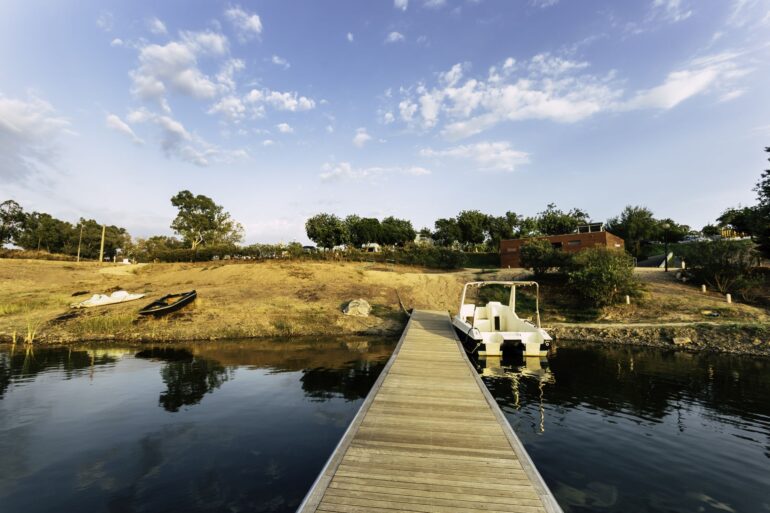
A jetty’s mix of timber and seawater can be fraught with difficulties. In the past, most Australian marine structures were constructed from wood, and jetties, in particular, tend to get a hell of a beating from harsh marine conditions like strong winds, constant wash, heavy rain, and corrosion due to excessive salt.
Usually constructed from timber and steel, jetties come with high levels of upkeep that jetty license holders are required to do by law. Failure to do so can have your usage revoked, causing serious issues for organisations for whom a jetty is part of their business structure.
Regular jetty maintenance is essential if you want it to safeguard your investment and your customers’ health for years to come – especially since the cost of replacing a jetty can be exorbitant. Remember also that – if you do need to build a new jetty – you’ll come up against a raft of regulations and approval requirements that are becoming harder to obtain as councils crackdown on new jetty construction.
Leaving your repairs until it’s too late may mean you have to forego having a jetty at your property or business completely. But how do you know if your structure is in need of some extra attention? Here are the four major signs that scream you’ll need to call in an expert before this year’s peak summer season gets underway:
- You can see minor or significant damage to the piles. If you’ve got any level of structural damage to your jetty’s piles, you’ll need to call someone quick. Lack of structural integrity of the piles can prove highly dangerous for jetty users and is likely to get worse quickly with increased usage once your summer season peak period gets underway.
- The decking timber is looking worse for wear. Harsh marine conditions can play havoc with wooden jetty decks while rot and salt corrosion can make a seemingly minor problem go downhill fast. Head off accidents on your jetty at the pass by refurbishing cracked or chipped planks before the tourists descend.
- There’s visible rust. A sure sign you’ve got creeping corrosion problems. You’ll need to undertake remedial works to remove the rust and recoat your jetty with marine paint for an extra layer of protection. Also, watch out for ‘black rust’ on submerged concrete piles – these will likely erode at a slower rate, but will still need to be addressed by a repair team.
- Access ramps and steps are degraded. All-access ramps should be in full working order to ensure ongoing safety for jetty users. Degradation of the ramps can cause tripping accidents that, when combined with slippery conditions, are a recipe for disaster.
Timely jetty repairs and refurbishment can extend its life by up to a decade, so they’re highly cost-effective in the long run. You’ll need a skilled, qualified marine structures expert to get the job done right. We can help – call us today for a comprehensive assessment of your jetty’s repair needs and a competitive quote.